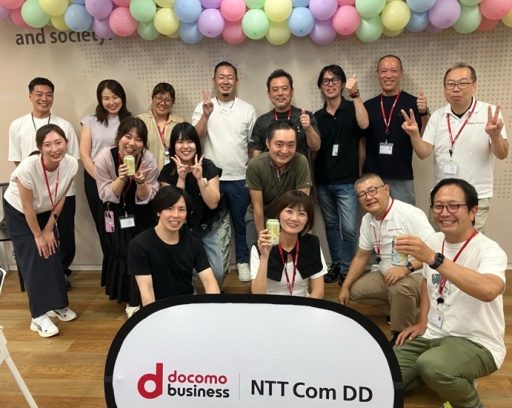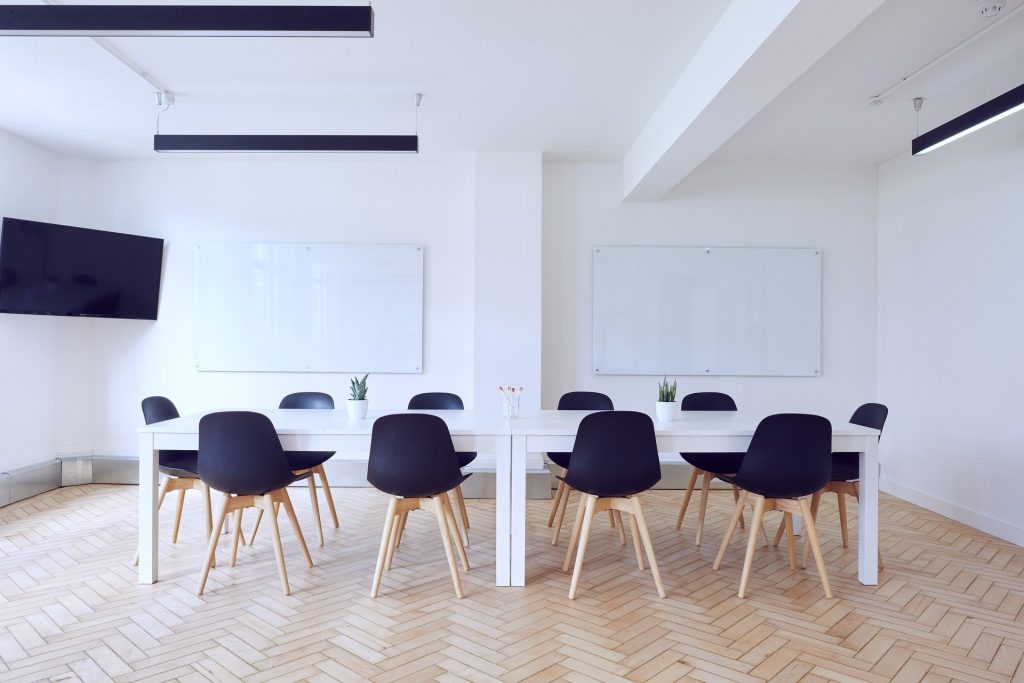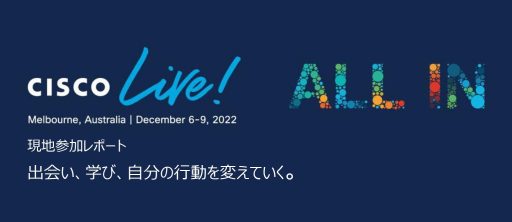In June 2025, NTT Com DD launched “Spatial DX Month,” a hands-on event themed around the digital transformation of workspaces. This report highlights the event experience, introduces the concept of Spatial DX and smart offices, and explores how Activity Based Working (ABW)—a flexible workstyle that allows employees to choose their workspace based on the nature of their tasks—is driving workstyle innovation.
Contents
- 1 What is Spatial DX?|Defining Smart Offices and Their Purpose
- 2 Flexible Workstyles with ABW (Activity Based Working)
- 3 Inside the Spatial DX Experience|Leveraging Cisco Technologies
- 4 Internal Innovation: “Petite Renovation” for a Better Work Environment
- 5 Conclusion|The Future of Work Enabled by Spatial DX
What is Spatial DX?|Defining Smart Offices and Their Purpose
Spatial DX (Digital Transformation) refers to the integration of digital technologies into physical spaces such as offices, aiming to enhance comfort and efficiency in how these spaces are used.
For example:
- Sensors and cameras monitor meeting room usage, automatically switching unused rooms to energy-saving mode.
- Environmental data such as temperature, humidity, and air quality is collected and analyzed in real time.
- Lighting and acoustics are automatically adjusted to create optimal workspaces.
Examples of Smart Office Features:
- Automated energy-saving control based on meeting room usage
- Real-time collection and analysis of environmental data
- Automatic adjustment of lighting and sound for optimal working conditions
Flexible Workstyles with ABW (Activity Based Working)
ABW is a key concept that allows employees to choose their workspace freely based on the nature of their tasks. Whether it’s a quiet space for focused work or an open area for team discussions, ABW supports a flexible and purpose-driven approach to working.
Examples of ABW Spaces:
- Quiet zones for concentration
- Open areas for team meetings
- Spaces tailored to specific tasks
This approach goes beyond simple free-address seating—it’s a fundamental shift in how we think about work itself.
Inside the Spatial DX Experience|Leveraging Cisco Technologies
The event was held at the working lounge of our Tamachi office, featuring guest speakers from Cisco. The theme: “What is Spatial DX, really?” Participants had the opportunity to experience cutting-edge spatial visualization and control technologies using Cisco Devices and Cisco Spaces.
Highlights included:
- Real-time monitoring of meeting room usage
- Exploring camera framing and device settings
- Discovering new functionalities beyond traditional projector use
Many participants were surprised by the capabilities, sparking comments like “I didn’t know it could do that!” and “I want to try this in a real work setting!”
The event also featured a quiz competition with Cisco’s latest headsets as prizes. The quiz reviewed key learnings from the session, testing both knowledge and speed. Although I didn’t win, I asked the winner about their experience:
“I use it during meetings. The noise-canceling feature makes voices crystal clear, and the headset even tells me the battery level—so I never forget to charge it.”
Understanding how to use devices and regularly updating them is essential for smooth operations. I was genuinely envious!
Another key takeaway was that Spatial DX isn’t just for IT departments—it’s a cross-functional initiative involving general affairs, HR, and management. Since the value of a space depends on its users, designing and operating with the user’s perspective is crucial.
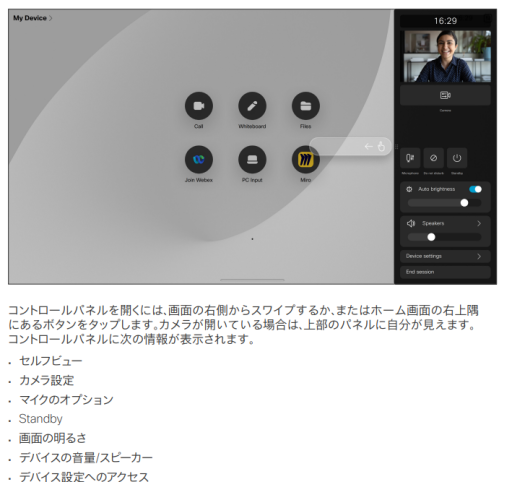
Internal Innovation: “Petite Renovation” for a Better Work Environment
As part of Spatial DX Month, we also introduced “Petite Renovation”—small, cost-effective improvements to enhance the workplace. Based on ABW principles, we refreshed spaces using items like stands, whiteboards, and artificial greenery.
For example, our Nespresso corner, equipped with a fridge and drinks, naturally encourages casual conversations during breaks, becoming a hub for informal information sharing. These small additions help boost motivation to come to the office and strengthen team connections.
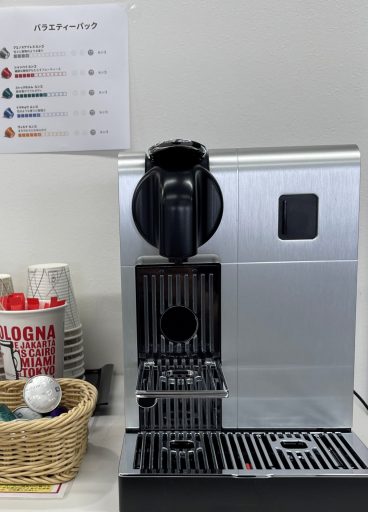

Conclusion|The Future of Work Enabled by Spatial DX
Through this experience, we realized how smart offices and Spatial DX can make work environments more comfortable and efficient. Even small changes in how we use space can significantly impact productivity and mindset.
By incorporating thoughtful design and technology into our workspaces, we can make daily tasks smoother and more enjoyable. This event gave us a glimpse into that potential.
Moving forward, NTT Com DD will continue collaborating with Cisco and Itoki to deliver solutions that maximize the value of space. We’re excited to see how smart offices and Spatial DX will continue to transform the way we work.
